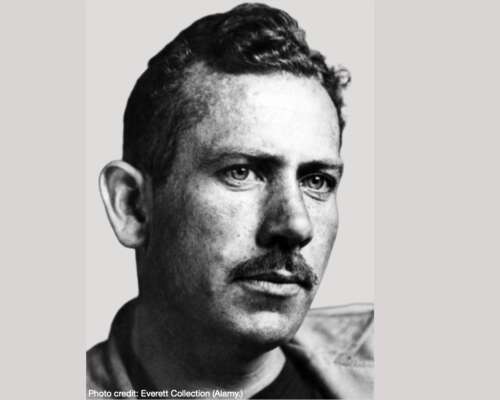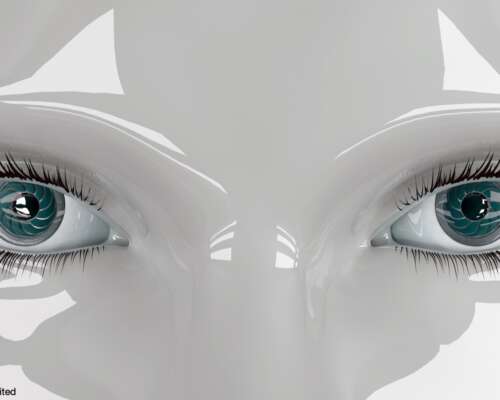The Psalms are my “go to” book in the Bible when I develop my blog. Psalm 102 was my devotional last week, and as I read it, I thought many possibilities to develop.
I wondered if it was not “too bleak” in content. After all, aren’t Christians supposed to be joyful? But then, my blog is not intended primarily for Christians but for those among us who are still searching, or not searching at all. People who have never encountered God’s love through Christ Jesus often live bleak, fearful or mediocre lives. Some Christians do as well when they live in sin or do not allow the Holy Spirit to challenge them. But, let me add some commentary to the slider images and “let the shoe fit as it may.”
Photo One:
Photo one has a human skull, a candle and an hour glass. No doubt, some Christians may see this as Satanic, but it is not. The motif is called memento mori (literally “Remember you must die”) and has been used for many centuries by famous painters. In many instances, the candle appears to be extinguished, though here it is not.) Picture Hamlet in Act V, Scene I of Hamlet where, taking a skull in his hands, he makes his “Alas, poor Yorick”:
“Alas, poor Yorick! I knew him, Horatio: a fellow
of infinite jest, of most excellent fancy: he hath
borne me on his back a thousand times; and now, how
abhorred in my imagination it is! my gorge rims at
it. Here hung those lips that I have kissed I know
not how oft. Where be your gibes now? your
gambols? your songs? your flashes of merriment,
that were wont to set the table on a roar? Not one
now, to mock your own grinning? quite chap-fallen?”
Regardless of our beauty—our capped teeth, our perfect nose, the sparkle in our eyes, or our lack of wrinkles in our older years, within a century and a half of our birth, we will all look like the skull in the illustration. The flame in the candle, as in our life will no longer burn, and the sand in the glass will have run our many years earlier. The use of the word “smoke” in the verse is also very appropriate. Smoke is gradually disbursed until not only is it no longer visible. Additionally, you often cannot even perceive a trace of scent that is was ever present, unless it lingers on fabric or confined places..
What then?
Christian or not, most people in the world believe in an afterlife. It is worth pondering now what your afterlife might be like, and I hope you may well find some clues or answers on my blog. And you are certainly welcome to contact me if you have questions or need prayer.
Photo Two
While we know from National Geographic or perhaps the Discovery Channel or BBC that deserts are often in fact teeming with life (birds, cacti, lizards and snakes), they are also devoid of those things that we often treasure the most—and perhaps take for granted (such as clean water.) True, some people such as ascetics or nomads choose desert life. Others in the Sahara and elsewhere may have no choice, because entire countries can be arid. But to deliberately choose to live in the ruins of a home or city is not health, and Jesus reminds us that unclean spirits also live in waterless places (Matthew 12:43.). I believe that a loving, supportive family and friends of good moral character can help you on your journey through life.
Photo Three
Verse 11 speaks of the approaching night. It is the final third of the day, and could readily or easily be compared to the final years of our life. Perhaps our seventh or eighth decade? But with young people in the U.S. being tragically shot in record numbers while others of the same age or older succumbing to accidents or deadly diseases, who can tell when night falls for them. If it’s noon at the moment and the sun sets at 7:00 p.m., I can say with certainty that there are seven more hours of light. But are there seven more hours of light for me? Or you? Also, it is not always easy in twilight to see what is around us or what is approaching us. Important, life and death decisions should not me put off. Today is the day (II Corinthians 6:2.)
Photo Four
Verse 17 is hopeful. God hears our prayers. Some of my brethren might object and say “But she is Muslim . . .”). My response would be that “God is God.” God heard the prayers of the Ethiopian eunuch before Phillip arrived and the Ethiopian was subsequently saved (Acts 8:26ff.) Who is to say that God is not working in this woman’s heart for His purposes as well?
Photo Five
This is part of a statue found in Zanzibar, a very ancient city in east Africa, once steeped in the slave trade. Whether it is a good idea to use the illustration of a “slave” with the term “prisoner” is something I’ll leave for others to decide, but clearly in the photo we have a child in chains, destined to work–and die–in bondage. Yet, it is not a living child, but a statue. I thought of “The Chronicles of Narnia” where Aslan breathes on statues representing people who were cruelly turned to stone, even as Medusa did. What is this statue could live? What if it could play, laugh, love? And yet, with no disrespect to the evils of the slave trade, there are many people today slaves to their circumstances, or their sins (Romans 6:20.) Luther wrote that even our will is in bondage, so it may be folly to speak of free will. For example, what choices do the innocent people in Mariupol, Ukraine have. Yes! Mr. Putin. Mariupol is in Ukraine. But Aslan (nee Jesus) can restore us to life, too, and we can pursue our dreams, our destinies once again.
Just saying . . .
Slider photo credits (All Shutterstock):
Photo One: Anneka
Photo Two: Martin Janca
Photo Three: Salah Uddin Shuvo
Photo Four: Ruud Morijn
Photo Five: Elyn




